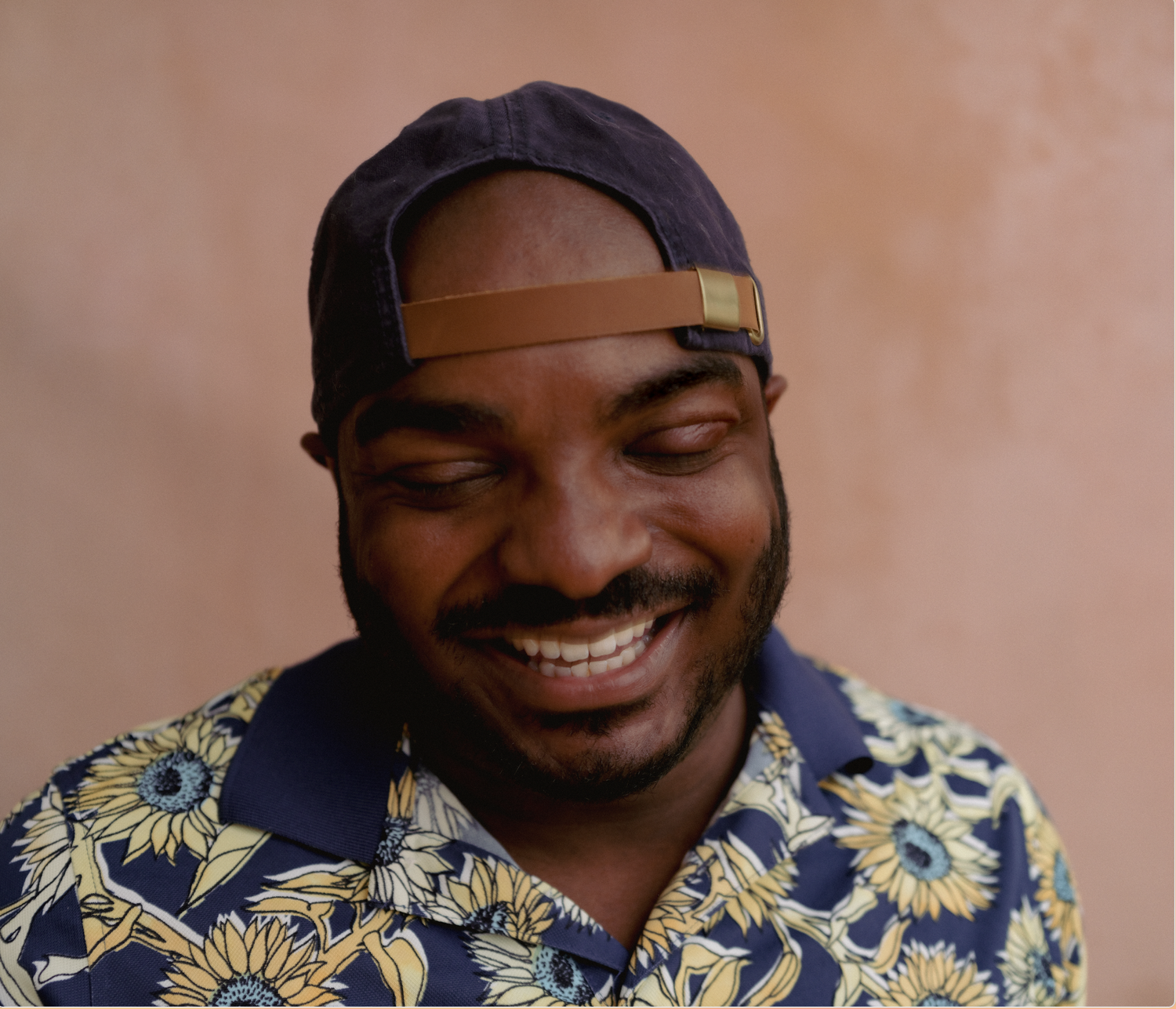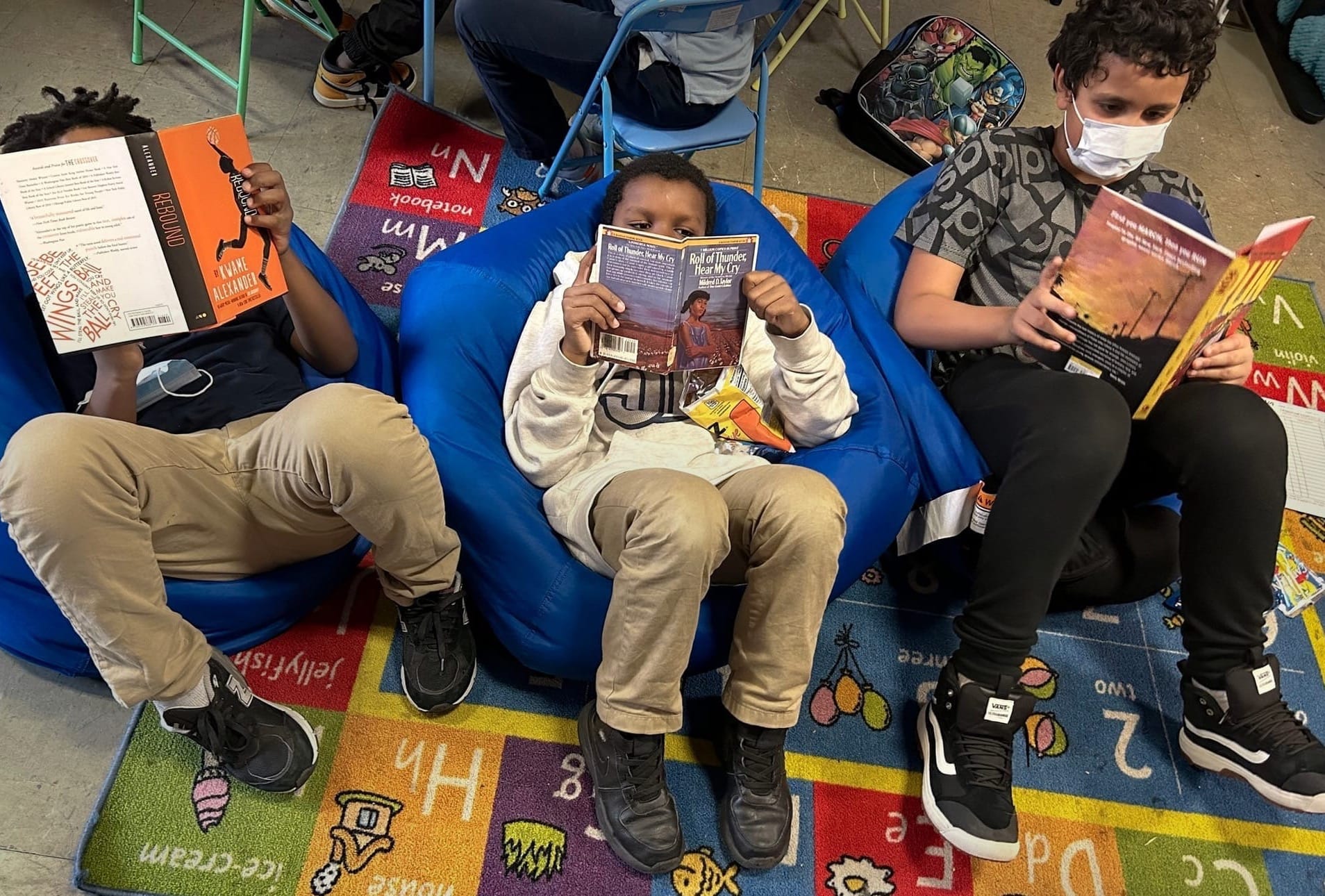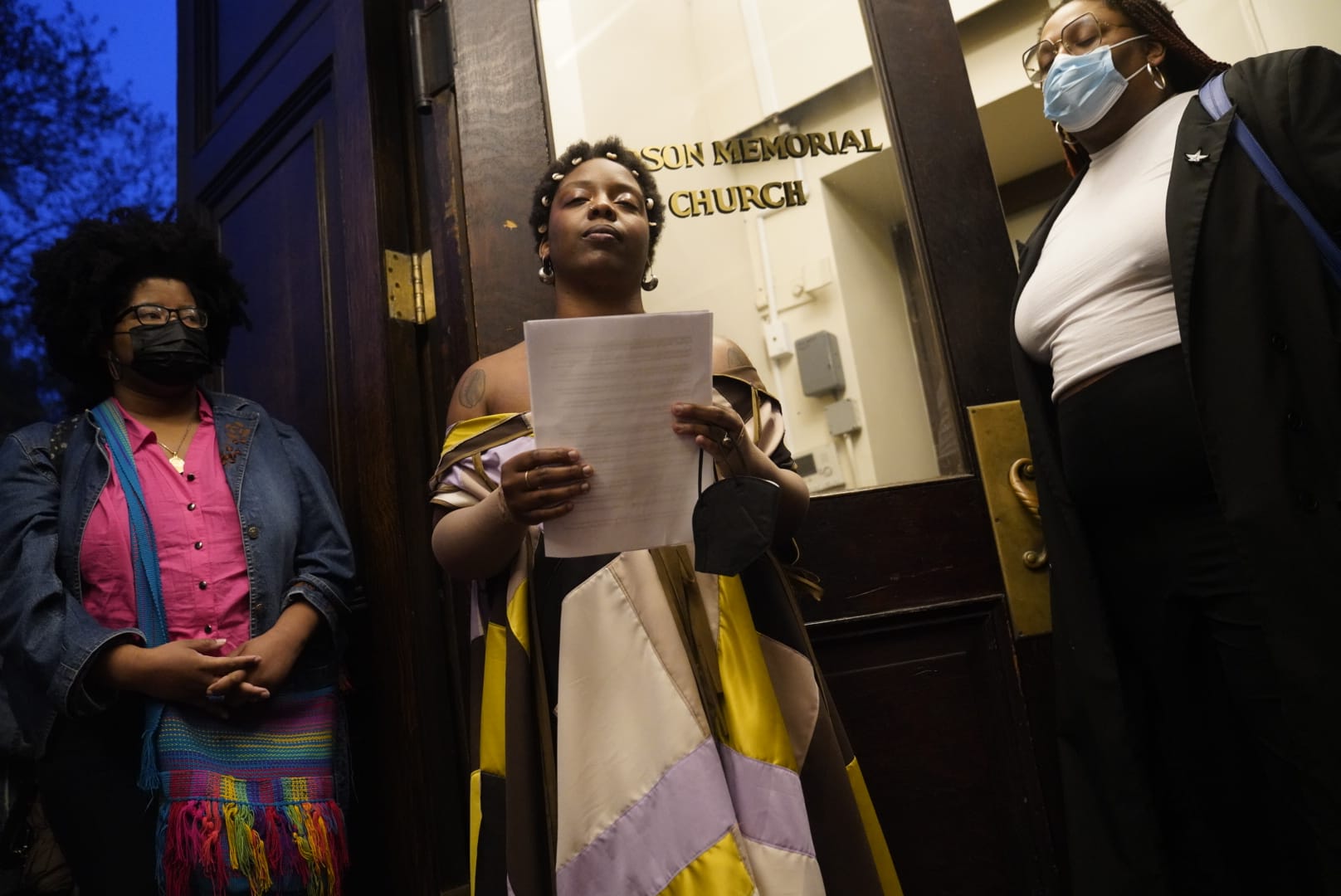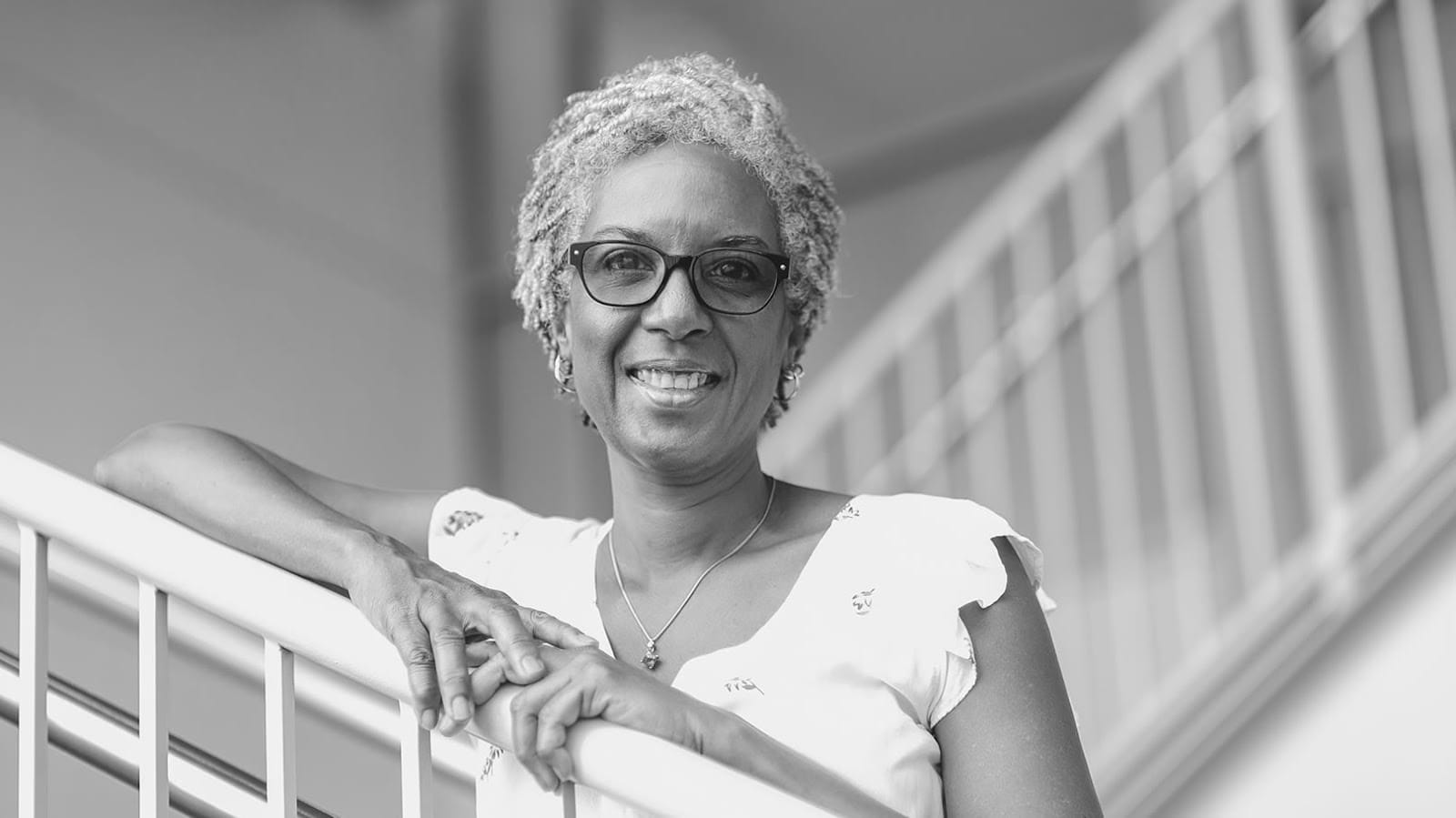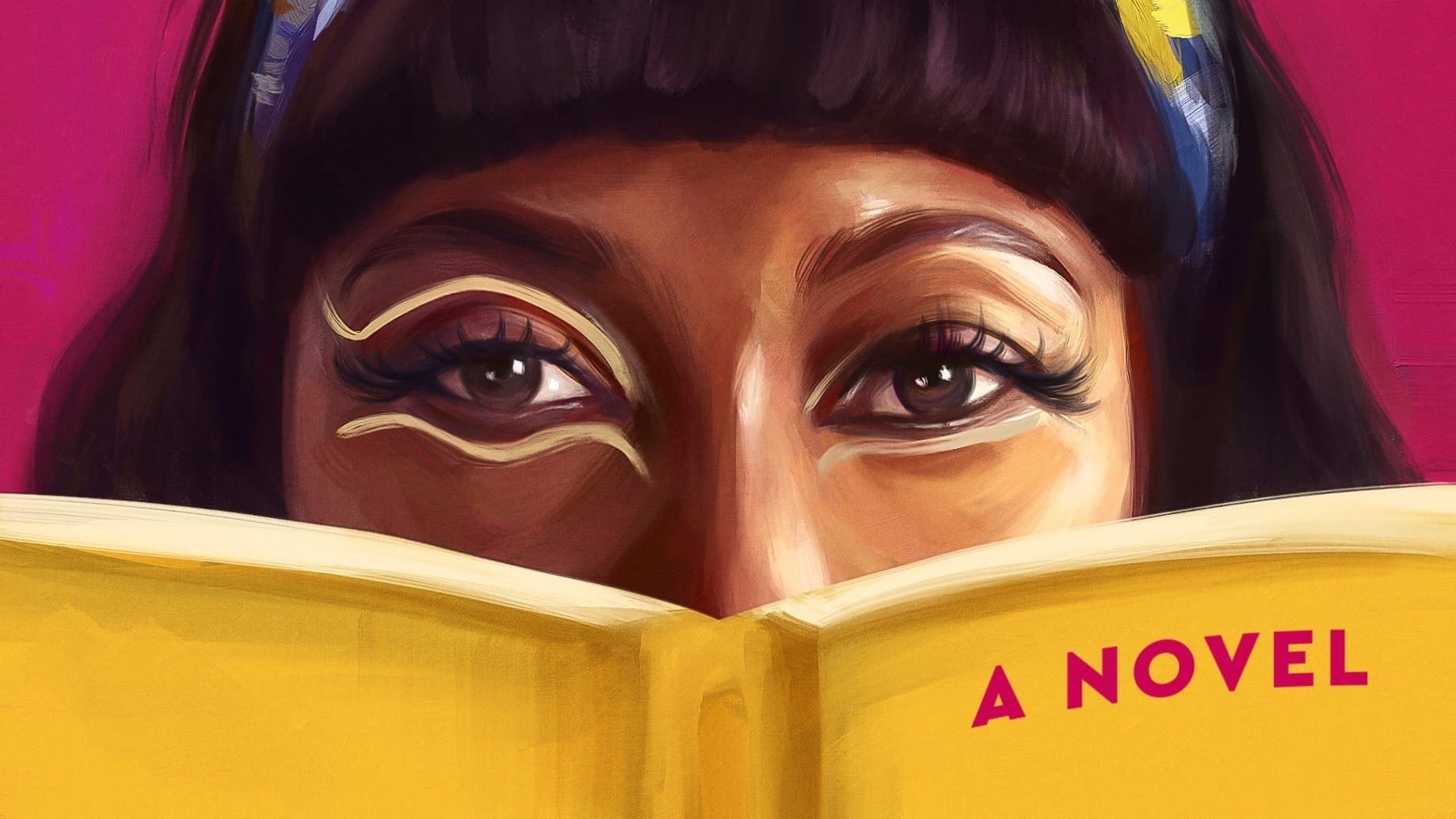Artina Michelle: A Cinematographer Seeking Light For the Diaspora
“My mind works in light now. It goes beyond filmmaking for me. It’s a part of who I am.”
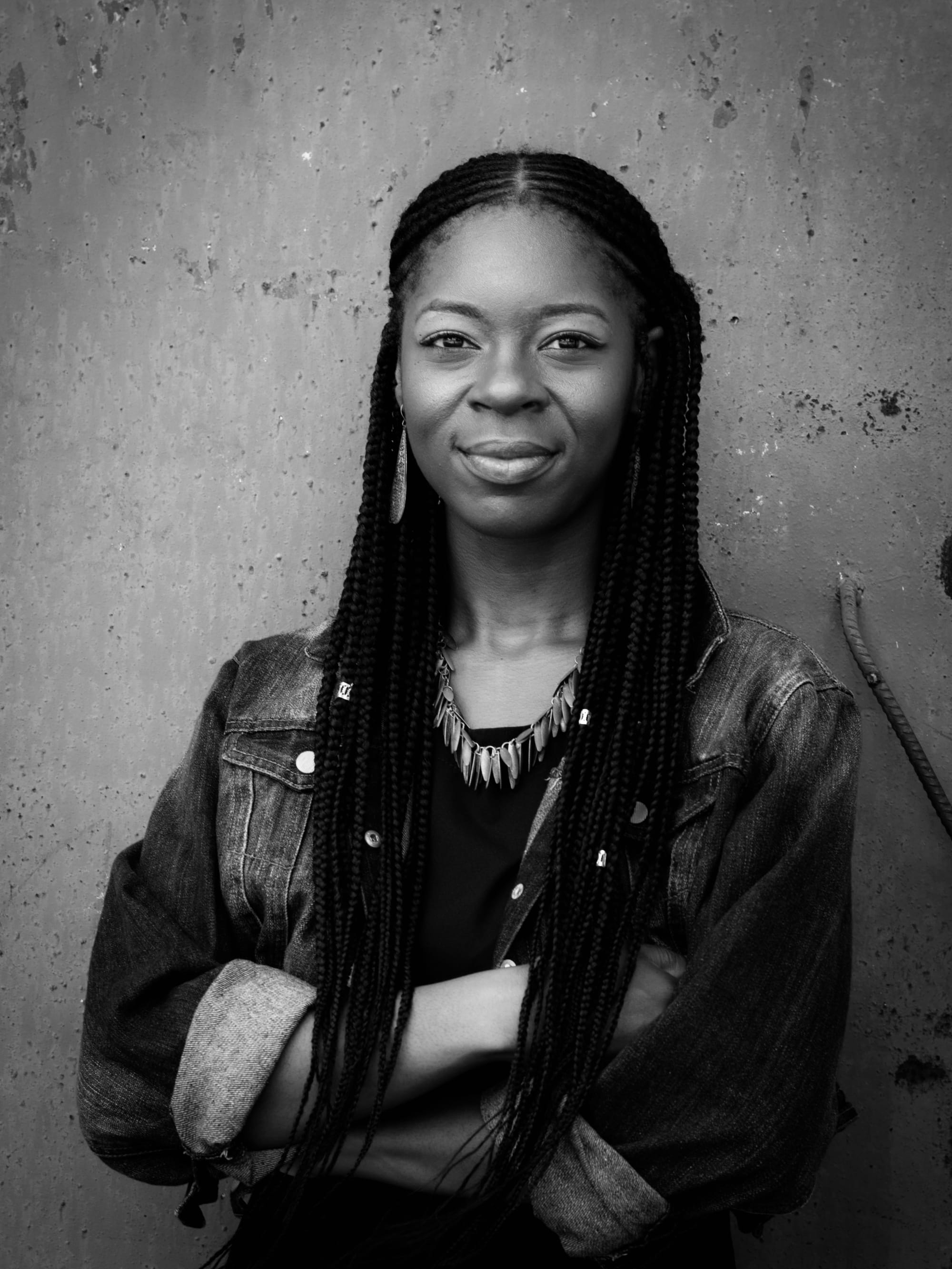
The first time I worked with Artina Michelle was on Spiritual Uprising, a concert project produced by Philadelphia Community Access Media for People’s Light Theater and PBS. I was a camera operator; she was both the director and director of photography.
Even before the cameras rolled, she spent hours shaping the lighting. She created an ethereal atmosphere that transformed the stage: faces glowed with warmth, gestures were suspended in soft light, and the room felt held. That day, I witnessed cinematography as an act of care.
Artina calls herself a “light speaker.” “My mind works in light now,” she told me. “It goes beyond filmmaking for me. It’s a part of who I am.” The phrase captures more than an obsession with exposure or color: it describes how she listens to the world by watching how light carves relief in a face, tracks a small movement, or reveals a buried memory.
Her images accrue intimacy by inviting viewers to slow down and see. Sergio Galeano, lead producer at PhillyCAM, remembers her as a calming presence who “finds the path needed to get what the shot really needs” while protecting the comfort of her subjects. “She’s authentic,” he said, “and she knows how to demonstrate the beauty of the Black experience in a way that’s approachable.”
This instinct carried into Della Can Fly, Michelle’s first narrative project after years of documentary work. Director Jasmine Lynae praises the patience and sensitivity Artina brought to the shoot. “She’s not just someone who comes with a camera,” Lynae said. “She’s an artist behind the lens.”
Together, they built a rhythm in which stillness and motion played against one another, pulling viewers into the emotional architecture of the story. Artina’s documentary instincts, listening, waiting, and honoring unpredictability, helped shift the film beyond mere illustration toward an aesthetic of empathy.
Artina’s own work has long been braided with questions of memory and home. Born in Liberia during civil war and airlifted out as an infant, she grew up contending with distance from a homeland that shaped her family’s rhythms.
Her surf documentary, seven years in the making, is a reclamation project: scenes of surfers along Liberia’s coast form a counter-narrative to common assumptions about West Africa. Through water, sand, and light, she maps joy, resilience, and kinship across generations.
That approach, stripping away assumptions to get to the core of a story, animated her collaboration on Renee Osubu's Dear Philadelphia. Osubu remembers early days when the film was little more than an idea. “Sometimes you have an idea but not yet the words for it,” she said. “What you need is people who support you in finding the spark. Artina was that person.”
On one shoot, the crew visited the home of a community matriarch. Rather than immediately measuring light or framing a shot, Artina sat, asked questions, and let warmth into the room. That trust made the shoot feel seamless; the subject moved through the moment with ease.
Artina’s philosophy is a resistance to reductive representation. She talks about North Philadelphia as a place outsiders often see as “dilapidated buildings” or “the hood,” but which is also made up of neighbors, working families, and complex lives.
“You’re not looking for the actual humanity in those spaces,” she said. “But if you know the people, you understand there’s way more to their story and way more than their current circumstance.” Her camera aims to reveal that fuller portrait, to render a world beyond stereotype.
Across commercial shoots, community projects, and long-term personal work, Artina’s cinematography follows a single throughline: an ethic of care that shapes aesthetic decisions. Light is not ornament but a means of listening, an instrument that calls viewers toward presence and recognition. Her images do more than illustrate; they open a quiet exchange with the frame.
There is a political aspect to that quietness. Representation often amplifies extremes; Artina chooses the middle moments where people reveal themselves. She balances technical rigor with a tender practice: detailed planning, efficient collaboration, and a readiness to adapt when something unexpected appears.
Sergio points to her efficiency and authenticity; Jasmine emphasizes her artistic sensitivity; Renee remembers someone who helped the film find its voice before it had words.
In a media landscape hungry for spectacle, there is power in slowing. Artina Michelle’s lens finds the edges of ordinary life and turns them luminous. She does not simply capture; she cultivates conditions for stories to arrive. As a self-described light speaker, she translates memory, diaspora, and movement into images that linger.
In the wake of those images, we begin to see people and places as they actually are: complicated, resilient, and worthy of being held in light and held lovingly. Her work asks viewers to linger on ordinary moments, to witness care, and to reconsider whose lives deserve cinematic attention and dignity.
